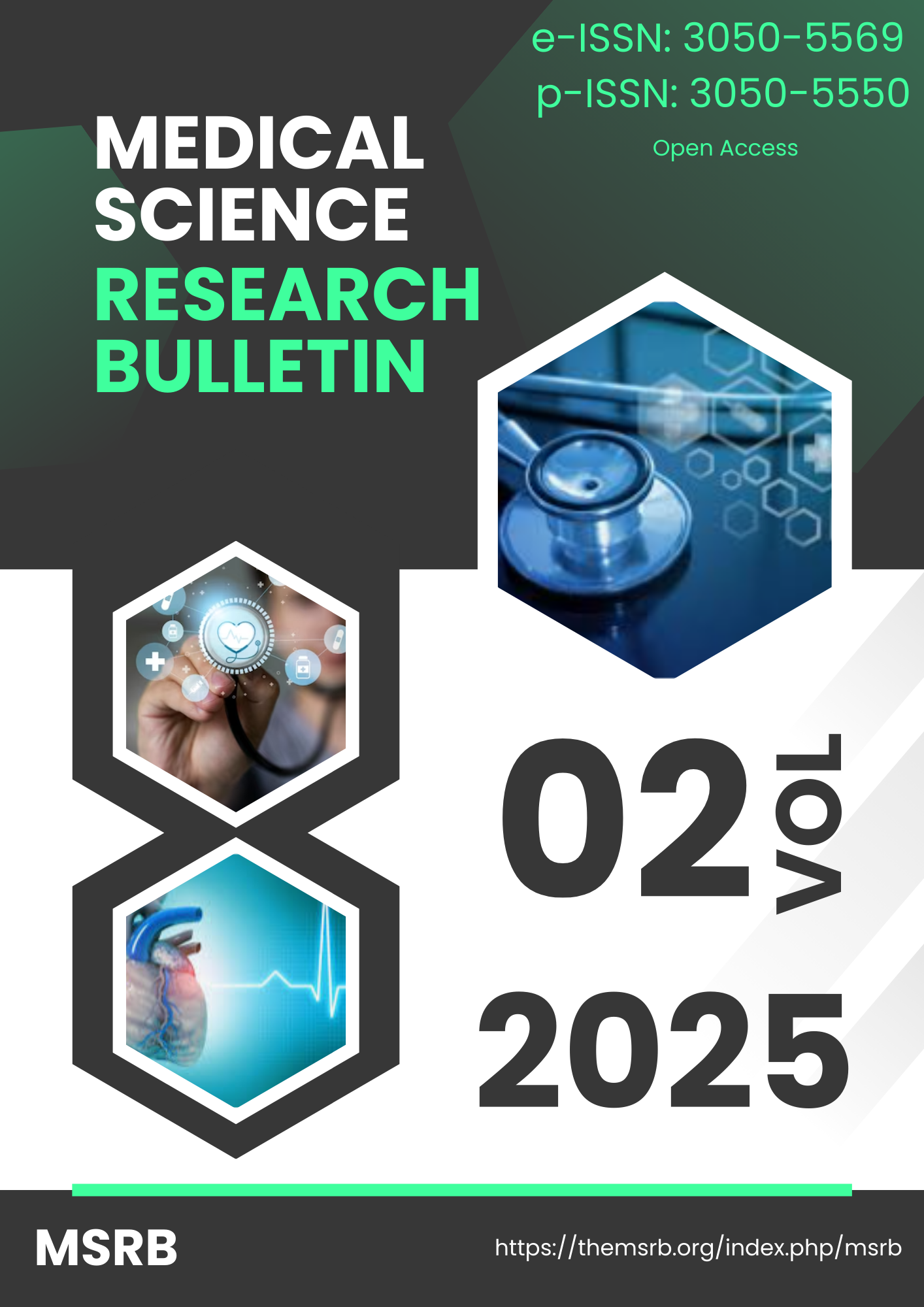Author Guideline
Author Guideline
- Editorials (commissioned by the editor)
- Clinical papers: no more than 1500-3000 words and 10-20 references
- Research papers: no more than 2000-3500 words and 15-20 references
- Review papers - no limit on length or number of references (in case of invited reviews) and 1500-2500 words with 15-25 references
- Technical notes (surgical techniques, new instruments, technical innovations) - no more than 1000 words, 5-10 references and 4 figures
- Case reports - no more than 750-2500 words, 5-10 references and 4 figures
- Letters to the editor - please see detailed guidelines provided at the end of the main guide for authors
- General announcements. Please note: Case reports will be considered for publication only if they add new information to the existing body of knowledge or present new points of view on known diseases. Criteria for Publication Papers that will be considered for publication should be: · Based on a sound hypothesis and an adequate investigation method analyzing a statistically relevant series, leading to relevant results that back the conclusion
- Well written in simple, scientific English grammar and style
- Presented with a clear message and containing new information that is relevant for the readership of the journal
- Note the comment above relating to case reports. Presentation of Manuscripts General Points Papers should be submitted in journal style. Failure to do so will result in the paper being immediately returned to the author and may lead to significant delays in publication. Spelling may follow British or American usage, but not a mixture of the two. Format Papers should be set out as follows, with each section beginning on a separate page:
- Title page
- Abstract
- Text
- Acknowledgments
- Tables
- References
- Captions to illustrations Please note that the qualifications of the authors will not be included in the published paper and should not be listed anywhere on the manuscript. The title page should give the following information:
- Title of the article
- Full name of each author
- Name and address of the department or institution to which the work should be attributed
- Name, address, telephone and fax numbers, and e-mail address of the author responsible for correspondence
- Sources of support in the form of grants
- Key words. If the title is longer than 40 characters (including spaces), a short title should be supplied for use in the running heads.
- Abstract 100-200 words maximum. Do not use subheadings or abbreviations; write as a continuous paragraph, Must contain all relevant information including ©2024, MSRB Publication, All Right Reserved If any queries or infringement occurs, subject to Jurisdiction Author Guidelines Introduction, Materials and Methods, Results, Discussion and Conclusion. There should be no mention of the institution where the work was carried out, especially in the Materials and Methods section. Introduction
- Present first the nature and scope of the problem investigated
- Review briefly the pertinent literature
- State the rationale for the study
- Explain the purpose in writing the paper
- State the method of investigation and the reasons for the choice of a particular method
- Should be written in the present tense Materials and Methods
- Give the full details, limit references
- Should be written in the past tense
- Include exact technical specifications, quantities and generic names
- Limit the number of subheadings, and use the same in the results section
- Mention statistical method
- Do not include results in this section Results
- Do not describe methods
- Present results in the past tense
- Present representations rather than endlessly repetitive data
- Use tables where appropriate, and do not repeat information in the text Discussion
- Discuss - do not recapitulate results
- Point out exceptions and lack of correlations. Do not try to cover up or 'fudge' data
- Show how results agree/contrast with previous work
- Discuss the implications of your findings
- State your conclusions very clearly Headings: Headings enhance readability but should be appropriate to the nature of the paper. They should be kept to a minimum and may be removed by the Editors. Normally only two categories of headings should be used: Major ones should be typed in capital letters; Minor ones should be typed in lower case (with an initial capital letter) at the left hand margin. Quantitative analysis: If any statistical methods are used, the text should state the test or other analytical method applied, basic descriptive statistics, critical value obtained, degrees of freedom, and significance level, e.g. (ANOVA, F=2.34; df=3,46; P








